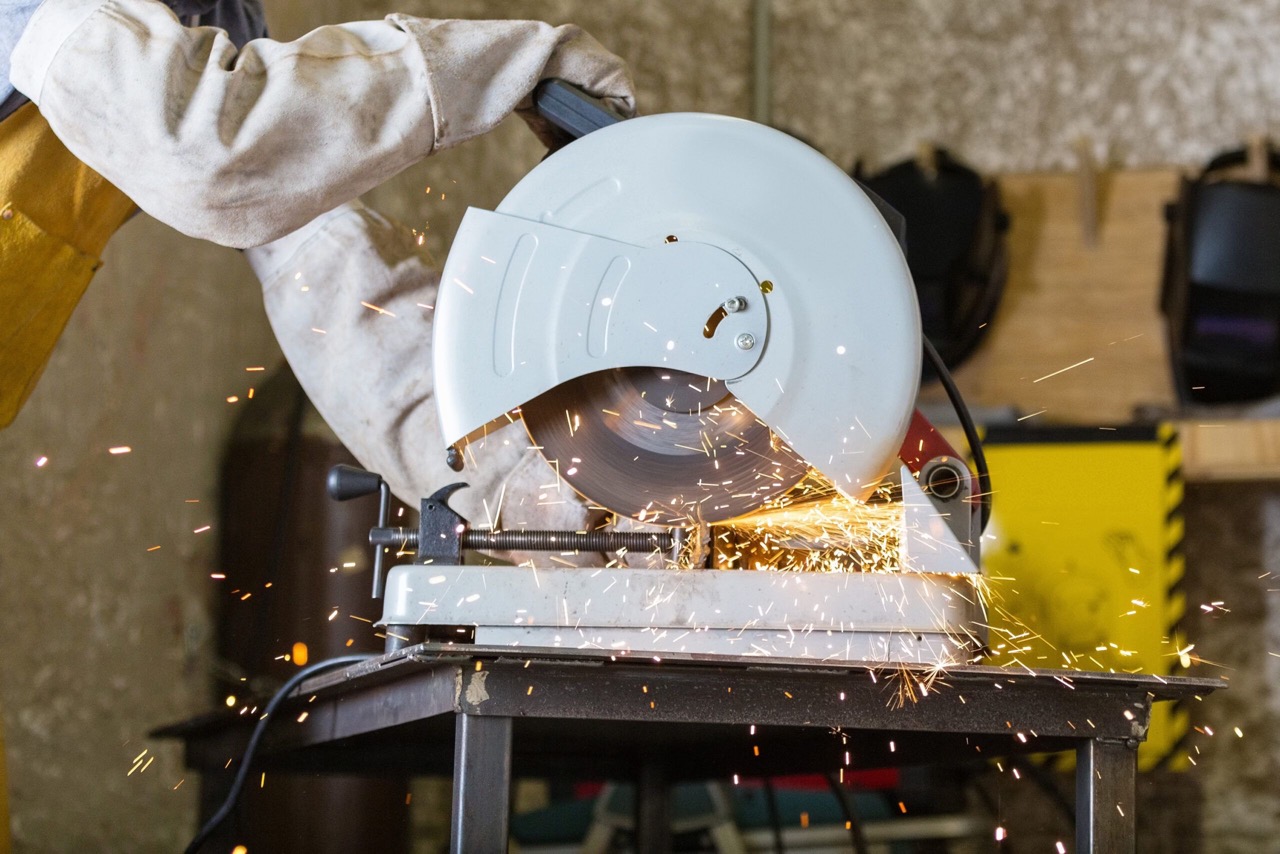

Articles
How To Cut Metal Without Power Tools
Modified: February 10, 2024
Discover effective techniques for cutting metal without the need for power tools. Read these insightful articles for helpful tips and tricks.
(Many of the links in this article redirect to a specific reviewed product. Your purchase of these products through affiliate links helps to generate commission for Storables.com, at no extra cost. Learn more)
Introduction
Cutting metal without power tools may seem like a daunting task, but it is certainly possible with the right techniques and tools. Whether you are a DIY enthusiast or simply don’t have access to power tools, knowing how to cut metal by hand can be a valuable skill to have.
When it comes to cutting metal without power tools, safety should always be your first priority. Working with metal can be dangerous, so it’s important to take the necessary precautions to protect yourself from injuries. In this article, we will explore the safety tips, hand tools, techniques, and materials used for cutting metal by hand.
Before we dive into the specifics, it’s important to mention that hand cutting metal requires patience, precision, and practice. It may not be as quick or effortless as using power tools, but it can still yield great results if done correctly.
So, if you’re ready to roll up your sleeves and learn how to cut metal without power tools, let’s get started with some important safety tips.
Key Takeaways:
- Safety is paramount when cutting metal by hand. Always wear protective gear, secure the metal, and have a fire extinguisher and first aid kit on hand to ensure a safe and controlled working environment.
- Choosing the right hand tools and understanding metal characteristics are essential for successful hand cutting. From hacksaws to metal shears, each tool serves a specific purpose in achieving precise and clean cuts.
Safety Tips
When working with metal and cutting it by hand, it is crucial to prioritize safety to avoid accidents or injuries. Here are some essential safety tips to keep in mind:
- Wear protective gear: Always wear the appropriate safety equipment, including safety goggles, gloves, and a face shield, to protect yourself from flying sparks, metal fragments, and potential hazards.
- Create a safe work area: Make sure you have a clean and well-ventilated workspace to work in. Clear any nearby flammable objects, as sparks from the cutting process can cause fires.
- Secure the metal: Use clamps or vices to securely hold the metal in place, ensuring it doesn’t move during the cutting process. This will help prevent accidents and ensure accurate cuts.
- Use a fire extinguisher: Have a fire extinguisher nearby in case of any unexpected fires. It is better to be prepared and have a way to quickly extinguish any flames.
- Take breaks: Hand cutting metal can be physically demanding, so remember to take regular breaks to rest and avoid fatigue. Working when tired could lead to mistakes or accidents.
- Keep a first aid kit nearby: Accidents can happen, so it’s important to have a well-stocked first aid kit within reach. Familiarize yourself with basic first aid practices.
- Double-check your tools: Before starting, inspect your hand tools to ensure they are in good condition and suitable for cutting metal. Dull or damaged tools can lead to accidents or unwanted results.
By following these safety tips, you can minimize the risks associated with cutting metal by hand and ensure a safe working environment. Now, let’s move on to the hand tools you will need for the cutting process.
Hand Tools for Cutting Metal
When it comes to cutting metal without power tools, there are several hand tools that can help get the job done. Here are some essential tools you will need:
- Hacksaw: A hacksaw is a versatile cutting tool that is commonly used for cutting metal. It consists of a fine-toothed blade that is tensioned in a frame. Hacksaws are ideal for cutting through thin metal sheets, pipes, and rods.
- Tin Snips: Tin snips, also known as aviation snips, are designed specifically for cutting thin metal sheets and can handle curves and intricate cuts. They come in various types, including straight-cut, left-cut, and right-cut snips.
- Metal Shears: Metal shears are designed for cutting thicker metal materials. They have a cutting blade that moves past a stationary blade to shear through the metal. Metal shears can be manual or electric-powered.
- Jigsaw: Although technically a power tool, a jigsaw can also be used manually with a metal-cutting blade. It can handle cutting irregular shapes and curves in metal.
- Bolt Cutters: Bolt cutters are heavy-duty cutting tools used to cut through metal bolts, chains, and padlocks. They have long handles and strong jaws that make quick work of thick metal.
- Rasp or File: After cutting metal, it’s often necessary to smooth out the rough edges. A rasp or file is a tool used for shaping and smoothing metal surfaces. They come in different shapes and sizes depending on the desired result.
These hand tools are widely available at hardware stores and online retailers. Choose tools that are suited for the specific type and thickness of metal you will be cutting. It’s also important to keep your tools clean, sharp, and well-maintained for optimal performance.
Now that you have an understanding of the essential hand tools, let’s move on to the next step: choosing the right metal for hand cutting.
Choosing the Right Metal for Hand Cutting
When it comes to hand cutting metal, different types of metals require different cutting techniques. It’s important to choose the right metal based on your project and select the appropriate hand tools for cutting. Here are a few factors to consider when choosing the metal:
- Metal Thickness: The thickness of the metal will determine the type of hand tool you need. Thin metals, such as sheet metal or aluminum, can be cut with tin snips or a hacksaw. Thicker metals, like steel or iron, may require more heavy-duty tools like metal shears or bolt cutters.
- Metal Type: Different metals have different characteristics and cutting properties. For example, aluminum is relatively soft and can be cut easily, while stainless steel is harder and requires more effort. It’s important to choose the right tool and cutting technique based on the metal’s properties.
- Cutting Precision: Consider the level of precision needed for your project. If you require clean and accurate cuts, using a jigsaw with a metal-cutting blade may be more suitable. On the other hand, if precision is not a major concern, a hacksaw or tin snips may suffice.
- Cost: Cost is another factor to consider, as different metals come with varying price points. Evaluate your budget and determine if the chosen metal aligns with your financial resources.
Before starting your cutting project, it’s also worth mentioning that certain metals may produce sharp edges or burrs after cutting. It’s important to use a rasp or file to smooth out these edges for safety and aesthetics.
Now that you understand the factors to consider when choosing the right metal for hand cutting, let’s move on to the techniques involved in cutting metal by hand.
When cutting metal without power tools, use a hacksaw with a fine-toothed blade for precision and a smooth finish. Clamp the metal securely and use long, even strokes to avoid bending or warping the material.
Techniques for Hand Cutting Metal
When it comes to hand cutting metal, there are a few techniques that can be employed depending on the type of metal and the desired cut. Here are some common techniques used for hand cutting metal:
- Straight Cut: To make a straight cut on a metal sheet, mark the desired cut line using a ruler or a straightedge. Use a hacksaw, tin snips, or metal shears to cut along the marked line, applying steady pressure and following a straight path.
- Curved Cut: For curved cuts, tin snips or aviation snips are the preferred tools. Start by making small cuts along the curve, moving gradually and carefully. Use the tool’s pivot point to navigate the curves smoothly.
- Round Cut: For cutting round holes in metal, use a hole punch or a power drill with a hole saw attachment. Create a pilot hole and then gradually widen the hole by using the appropriate tool.
- Notching: Notching involves cutting a small V-shaped groove in the edge of a metal piece. This technique allows the metal to be bent or folded easily. Notching can be done with a nibbler tool or by making multiple cuts with tin snips.
- Grinding: Grinding can be used to remove excess metal or smooth out rough edges. It involves using a grinding wheel or a rotary tool with a metal grinding attachment.
Remember to take your time and work at a steady pace, especially when making intricate cuts. It’s important to be patient and allow the tool to do the cutting, rather than applying excessive force.
Throughout the cutting process, it’s advisable to periodically inspect the metal and make adjustments as needed. Double-check your measurements and ensure that your cuts are accurate before proceeding.
Now that we have covered the basic techniques for cutting metal by hand, let’s move on to the final step: filing and grinding the metal.
File and Grind Metal
After cutting metal by hand, it’s common for the edges to be rough or have burrs. Filing and grinding the metal will help you achieve smooth, clean edges and ensure a polished final result. Here’s how you can file and grind metal:
- Filing: Start by selecting a file with the appropriate coarseness for the metal you are working with. A file is a hand tool with a rough surface that is used to remove small amounts of metal. Hold the file at a slight angle and use smooth, controlled strokes along the edge of the metal. Repeat the process until the rough edges are smoothed out.
- Grinding: Grinding is done using a grinding wheel or a rotary tool with a grinding attachment. It’s an effective method for removing larger amounts of metal and smoothing out rough spots. Hold the grinding tool firmly and move it back and forth along the rough areas of the metal surface. Be sure to wear protective goggles and a face shield to shield yourself from sparks.
- Deburring: Once you’ve filed and ground the metal, use a deburring tool or a fine-grit sandpaper to remove any remaining burrs or sharp edges. Gently rub the tool or sandpaper along the edges until they are smooth and free from any roughness.
During the filing and grinding process, it’s important to frequently check the smoothness of the edges by running your fingers along them. This will help you identify any areas that still need attention.
After filing and grinding, you may want to consider applying a protective coating or paint to the metal surface to prevent rust or corrosion. This step is optional but can help prolong the life and appearance of the metal.
With the filing and grinding process complete, you have successfully cut and prepared the metal by hand. Take a moment to admire your work and ensure that all edges are smooth and safe. If you are satisfied with the results, it’s time to move on to the finishing touches of your project.
Before we conclude, let’s summarize what we have covered so far.
Conclusion
Learning how to cut metal without power tools can be a valuable skill, whether you’re a DIY enthusiast or find yourself in a situation where power tools are not available. By following the right techniques and using the appropriate hand tools, you can achieve impressive results.
In this article, we discussed important safety tips to keep in mind when working with metal, emphasizing the need for protective gear and a safe working environment. We then explored essential hand tools for cutting metal, such as hacksaws, tin snips, and metal shears. Understanding the characteristics of different metals is crucial when it comes to choosing the right one for hand cutting.
We also discussed various techniques for hand cutting metal, including straight cuts, curved cuts, round cuts, notching, and grinding. Each technique requires precision and practice to master, but with time and patience, you can achieve clean and accurate cuts.
Lastly, we covered the process of filing and grinding the metal to achieve smooth edges and eliminate roughness and burrs. This final step ensures a polished finish and enhances the overall quality of your project.
Remember, hand cutting metal may not be as quick or effortless as using power tools, but it offers a sense of craftsmanship and allows you to work on projects even without electricity. With practice and experience, you’ll become more proficient in cutting metal by hand.
So, whether you’re tackling a DIY project, repairing metal objects, or simply exploring new skills, hand cutting metal without power tools can be a rewarding and practical endeavor. Stay safe, take your time, and enjoy the satisfaction of creating something unique with your own hands.
Now, it’s time to grab your tools and start cutting metal by hand. Happy cutting!
Frequently Asked Questions about How To Cut Metal Without Power Tools
Was this page helpful?
At Storables.com, we guarantee accurate and reliable information. Our content, validated by Expert Board Contributors, is crafted following stringent Editorial Policies. We're committed to providing you with well-researched, expert-backed insights for all your informational needs.
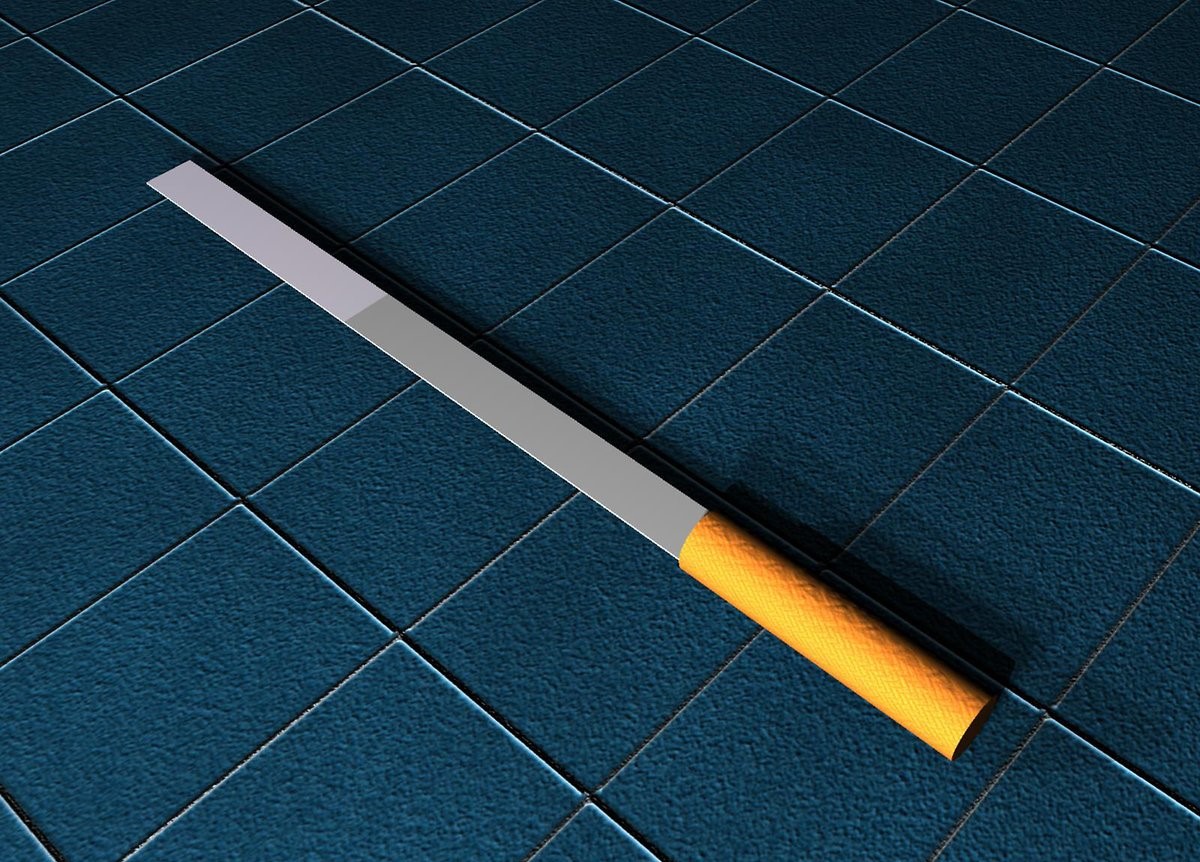
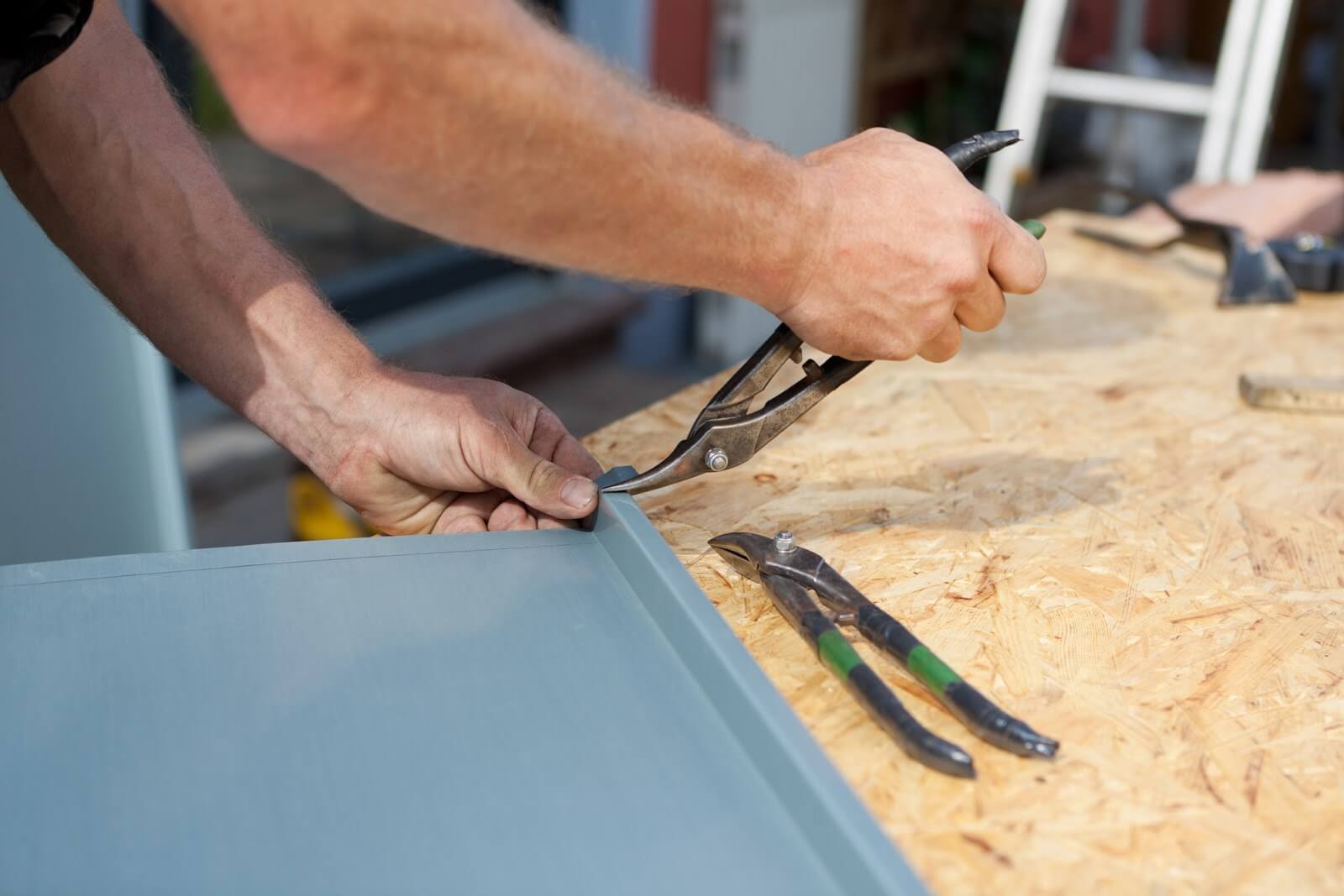
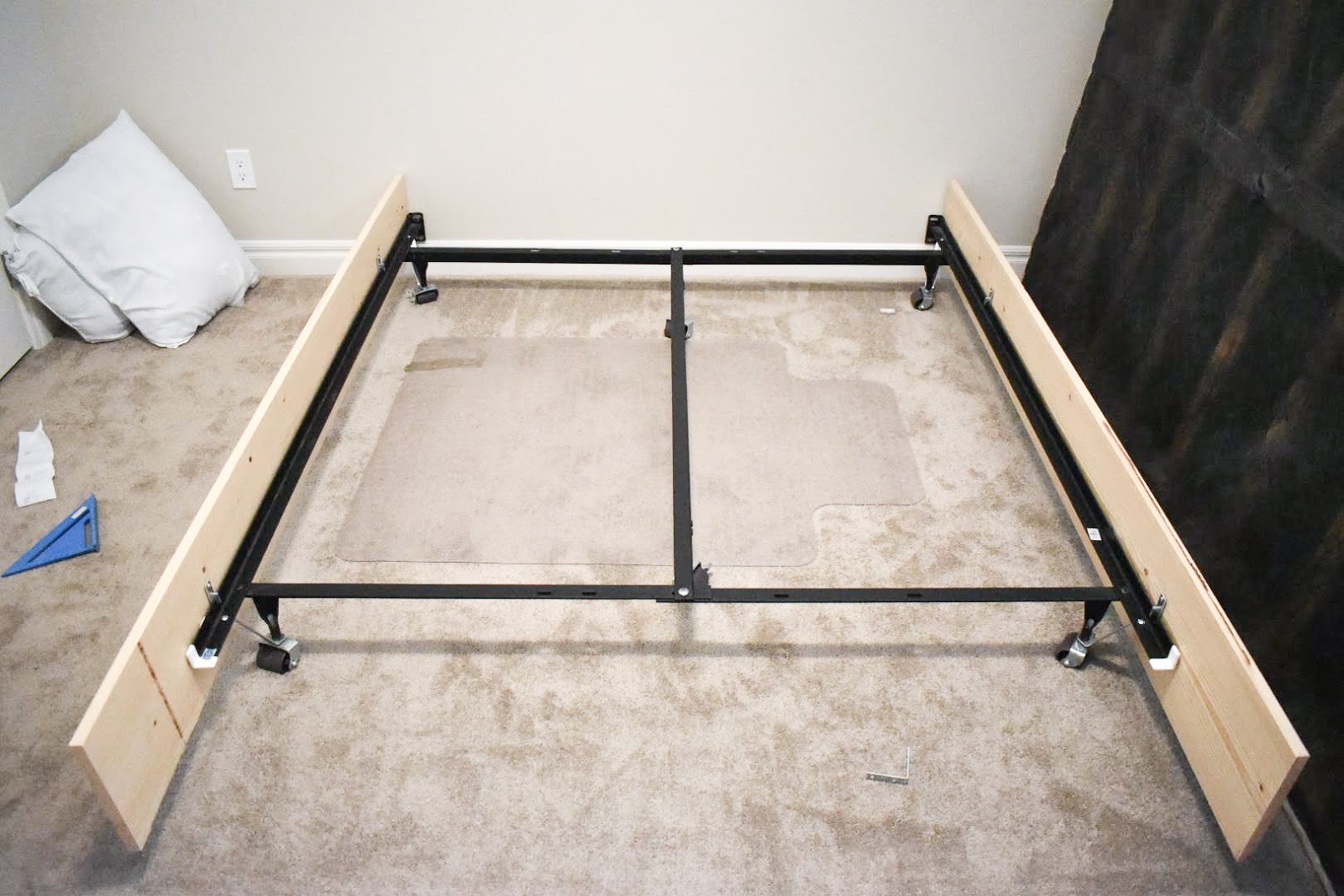
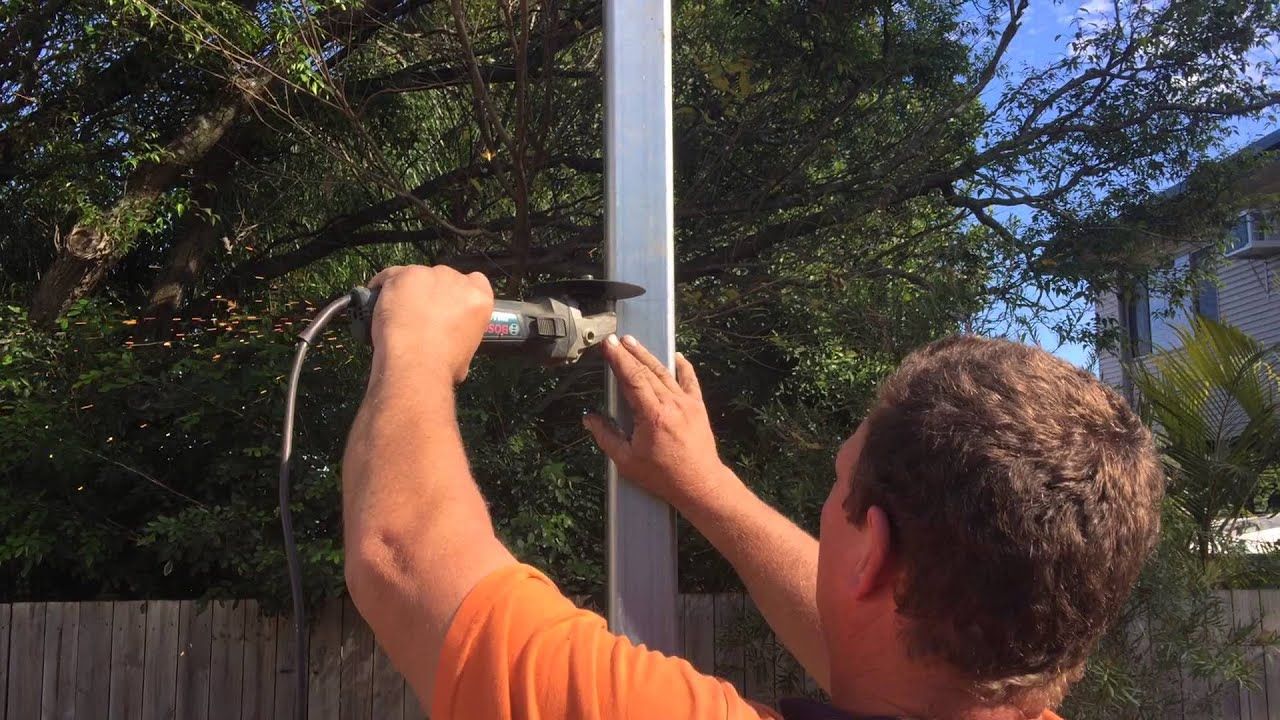

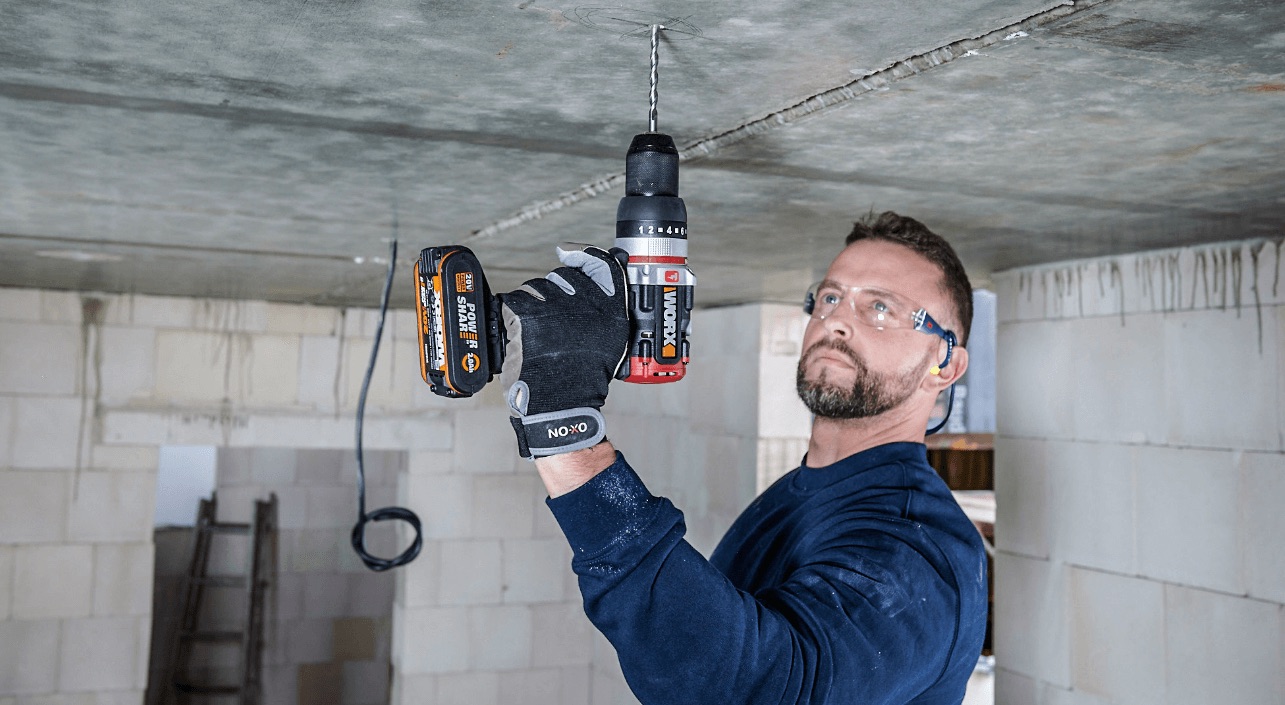
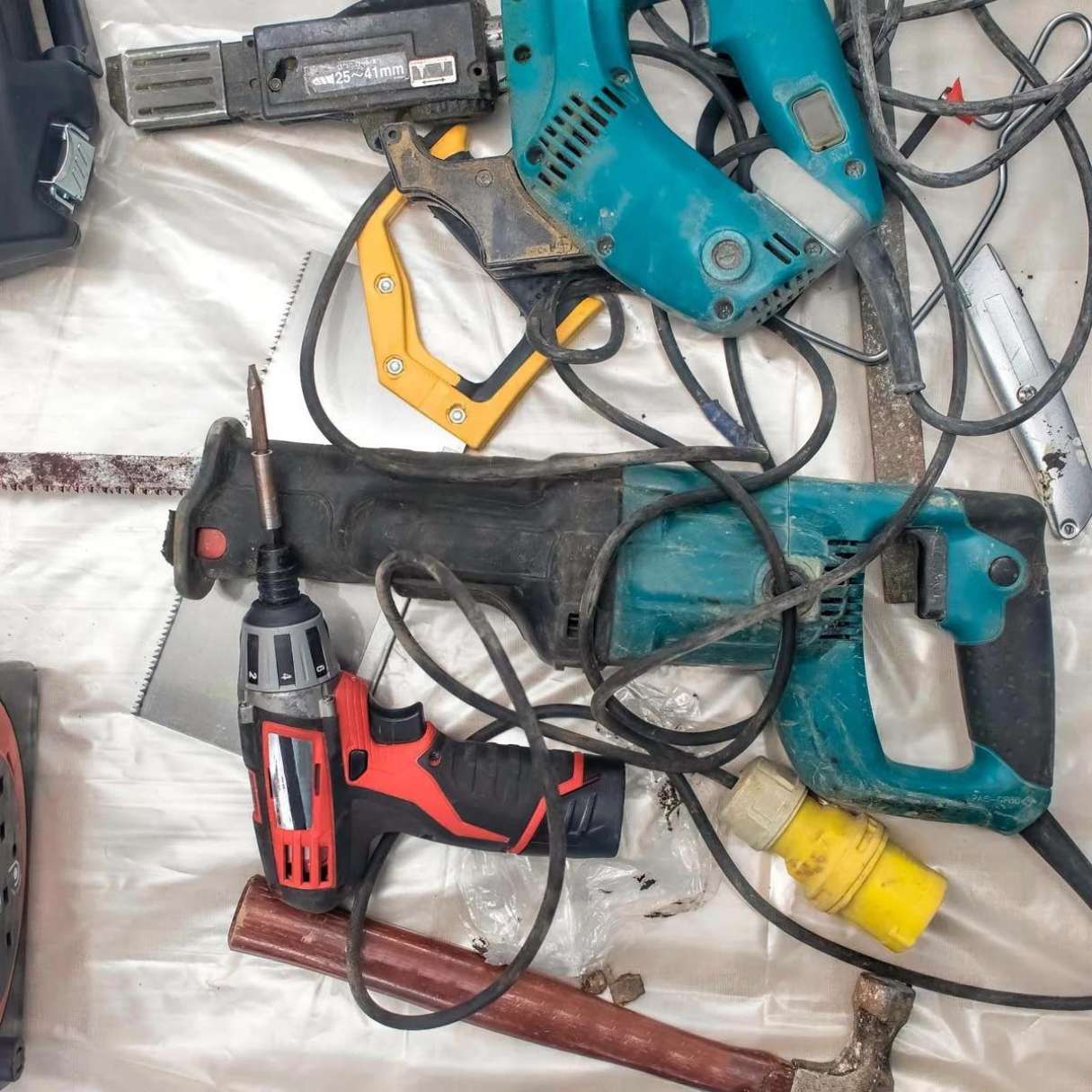

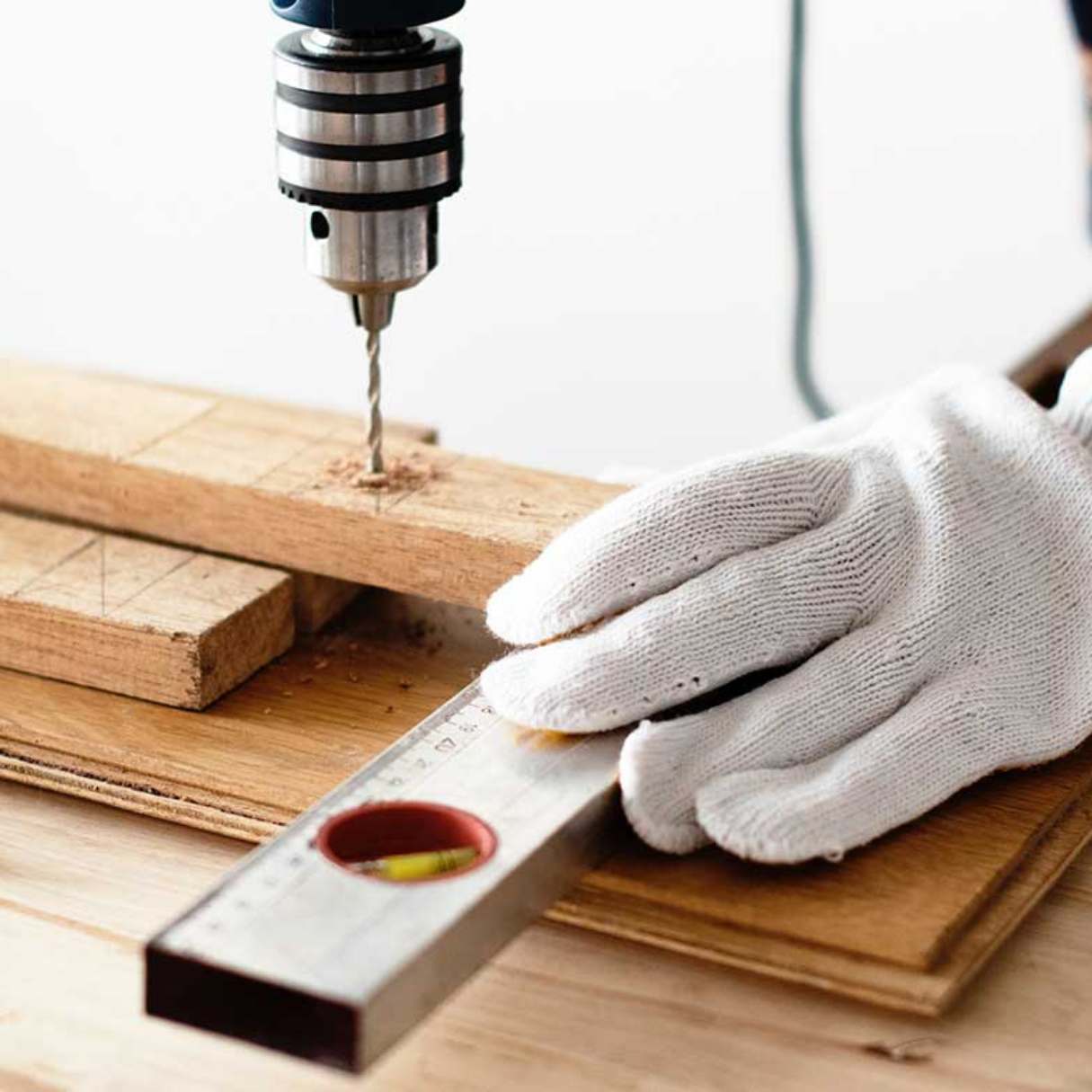
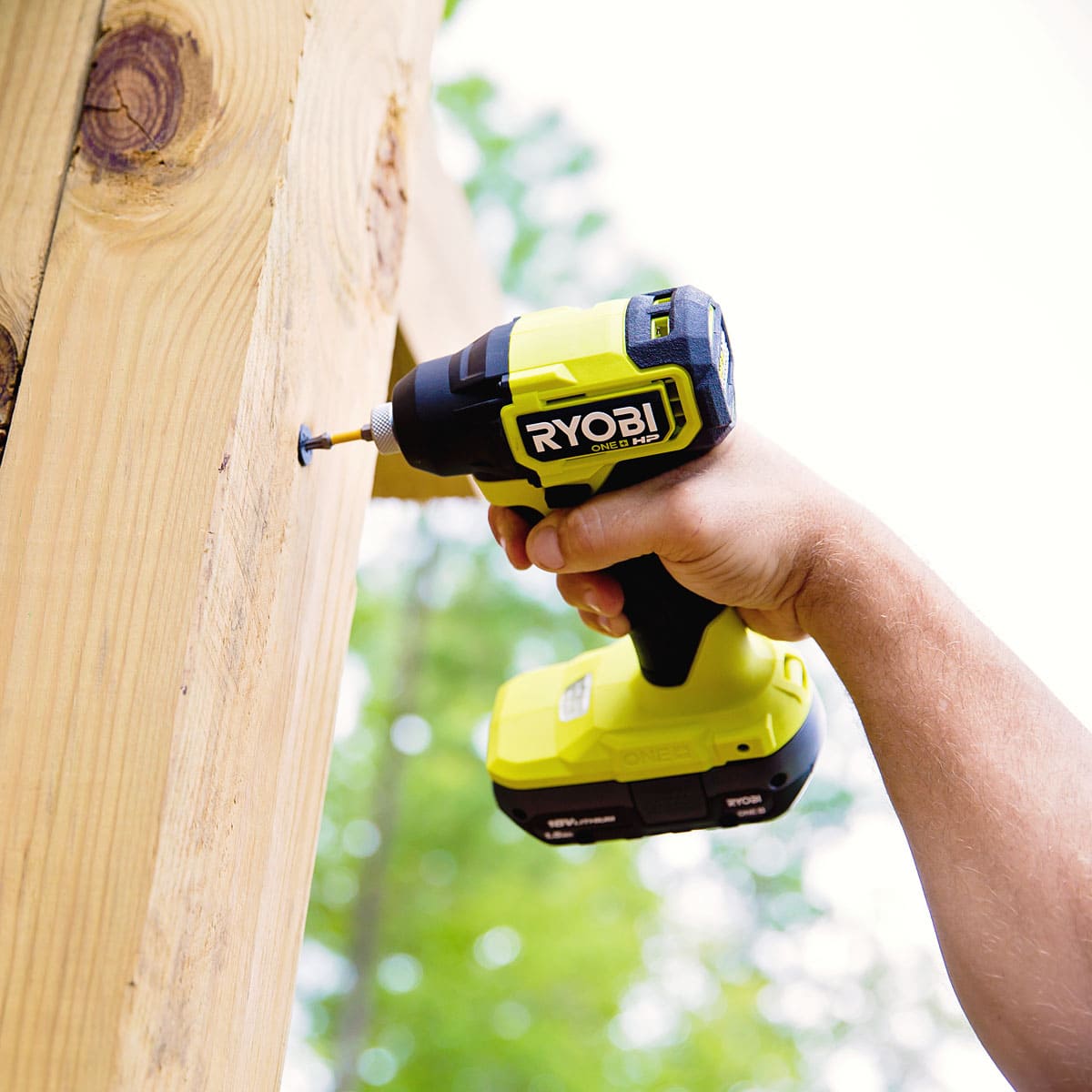
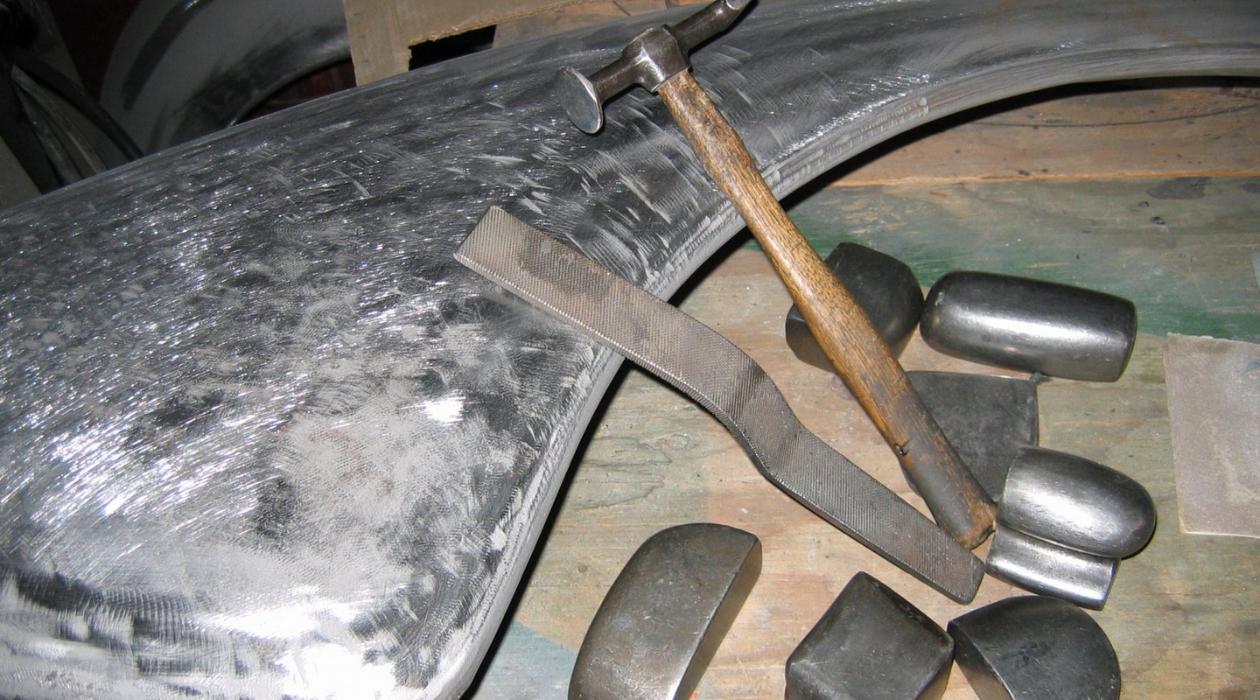

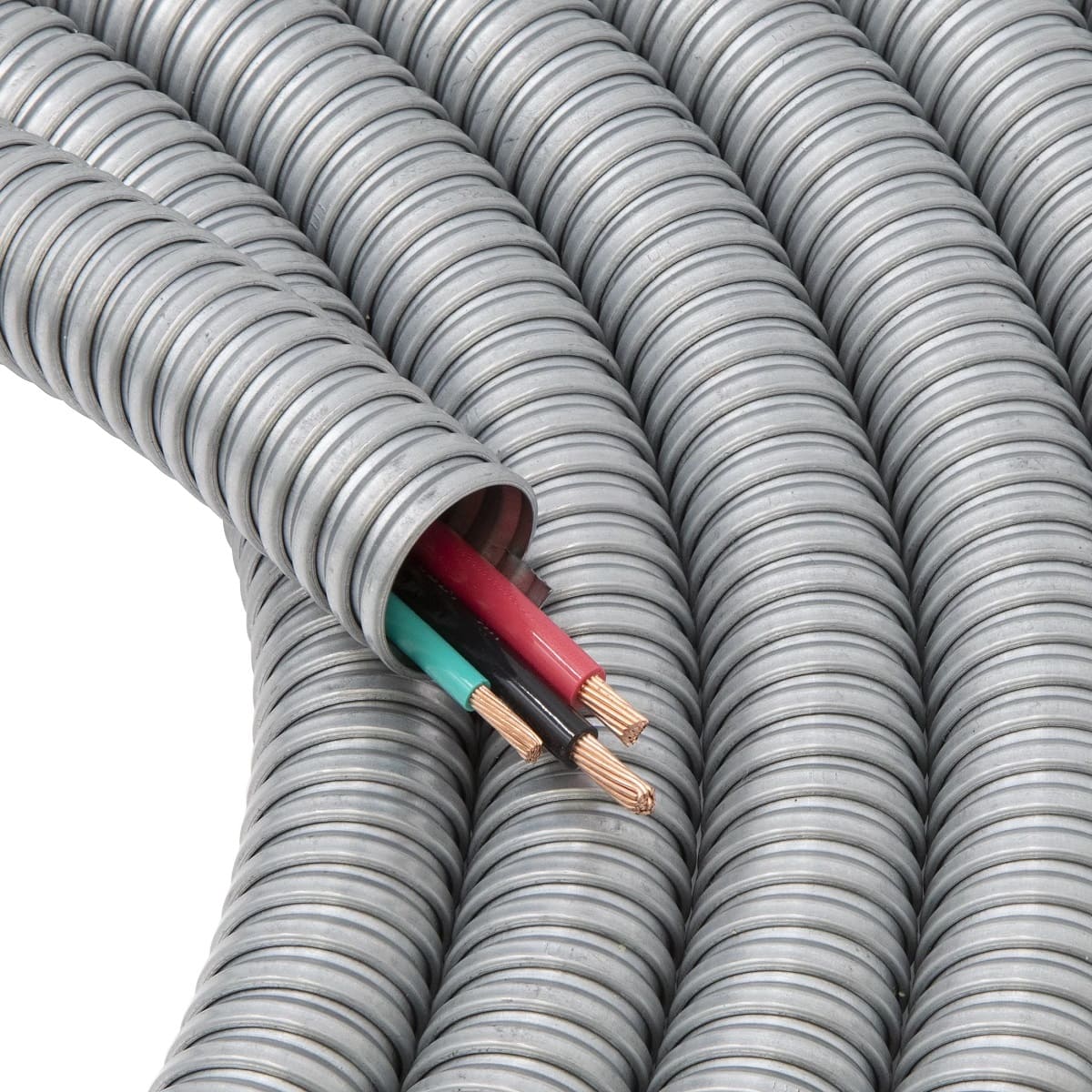
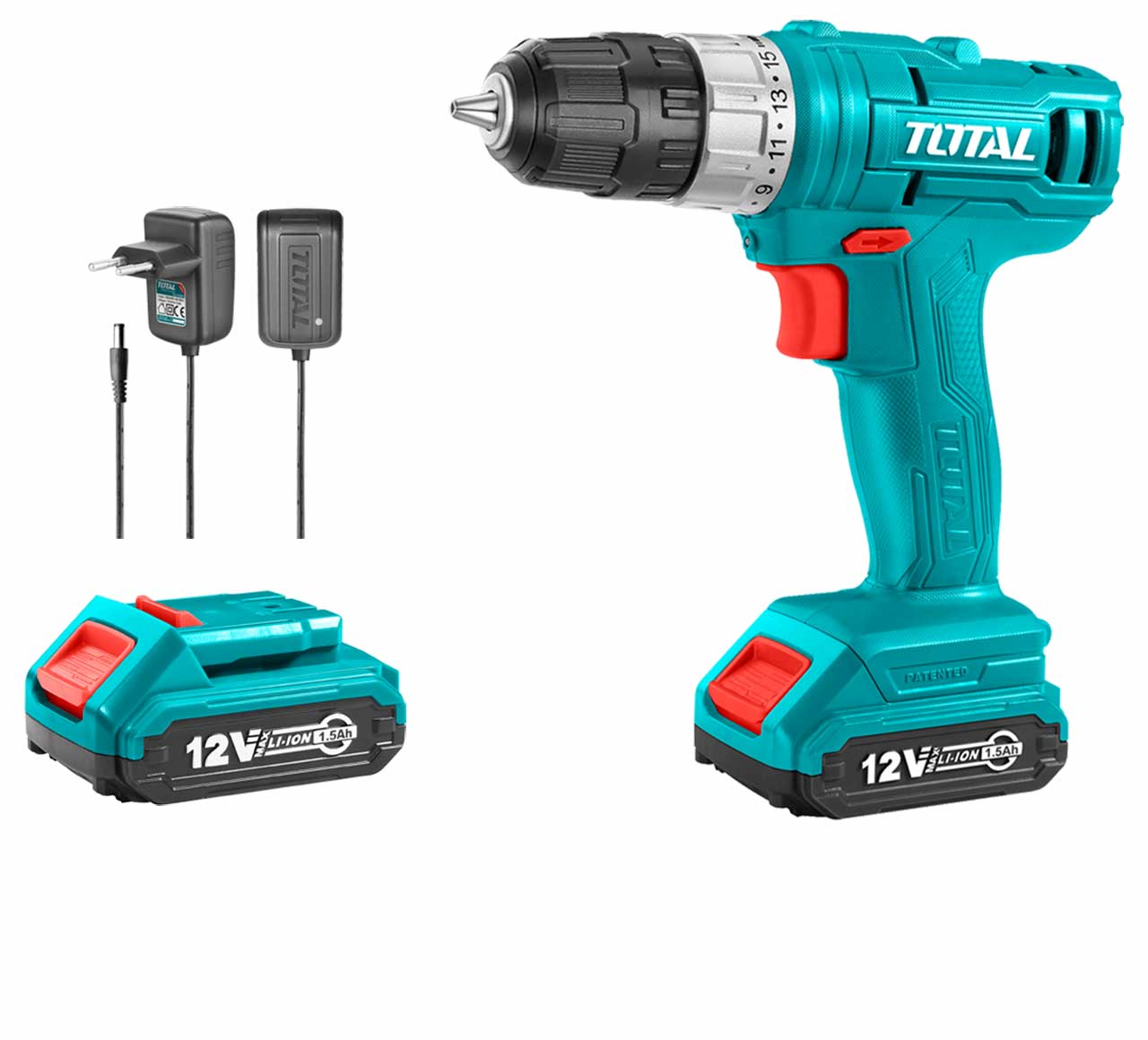

0 thoughts on “How To Cut Metal Without Power Tools”